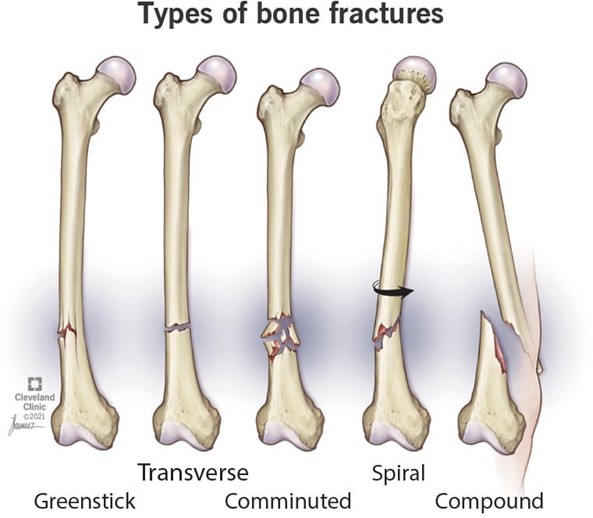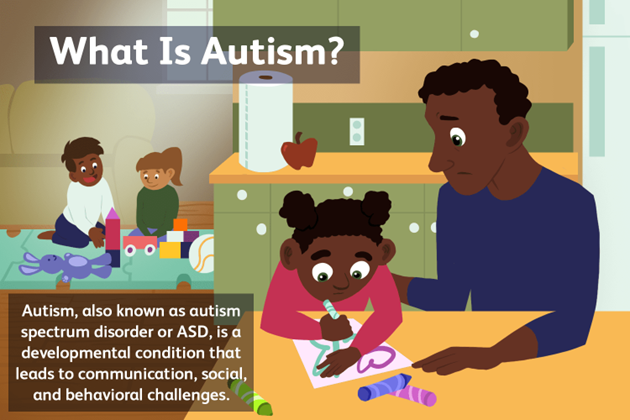The nurse is working with a group of caregivers of school-aged children discussing fractures. The nurse explains that a twist around the bone frequently associated with child abuse is what type of fracture?
Spiral.
Bowing.
Closed.
Greenstick.
The Correct Answer is A
“Spiral.” A spiral fracture is a type of fracture that is frequently associated with child abuse.

Choice B is incorrect because bowing fractures are not specifically associated with child abuse.
Choice C is incorrect because closed fractures are not specifically associated with child abuse.
Choice D is incorrect because greenstick fractures are not specifically associated with child abuse.
Nursing Test Bank
Naxlex Comprehensive Predictor Exams
Related Questions
Correct Answer is A
Explanation
One of the common symptoms of autism spectrum disorder (ASD) is difficulty with social communication and interaction, which can include avoiding or not keeping eye contact.

Choice B is not an answer because sitting quietly in the caregiver’s lap during the interview is not a typical symptom of ASD.
Choice C is not an answer because smiling when shown a stuffed animal is not a typical symptom of ASD.
Choice D is not an answer because crying and running to the door when the caregiver leaves the room is not typical symptom of ASD.
Correct Answer is C
Explanation
The proof of pregnancy is in the pregnancy test.
A positive office pregnancy test would confirm the pregnancy.

Choice A, Chadwick’s sign, is not correct because it is not a definitive sign of pregnancy.
Choice B, Hegar’s sign, is also not correct because it is not a definitive sign of pregnancy.
Choice D, Fetal movement felt by the examiner, is not correct because it is not a definitive sign of pregnancy.
Whether you are a student looking to ace your exams or a practicing nurse seeking to enhance your expertise , our nursing education contents will empower you with the confidence and competence to make a difference in the lives of patients and become a respected leader in the healthcare field.
Visit Naxlex, invest in your future and unlock endless possibilities with our unparalleled nursing education contents today
Report Wrong Answer on the Current Question
Do you disagree with the answer? If yes, what is your expected answer? Explain.
Kindly be descriptive with the issue you are facing.
